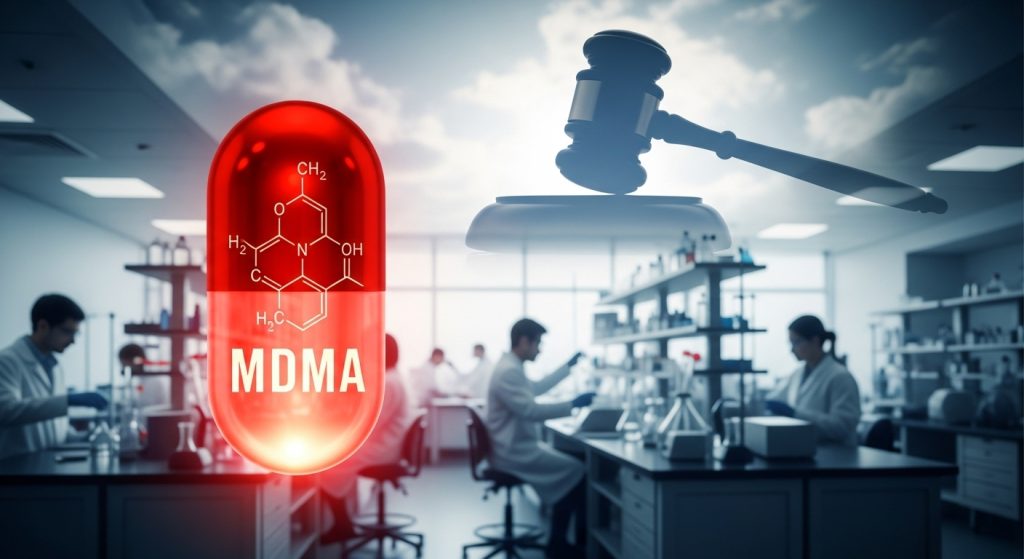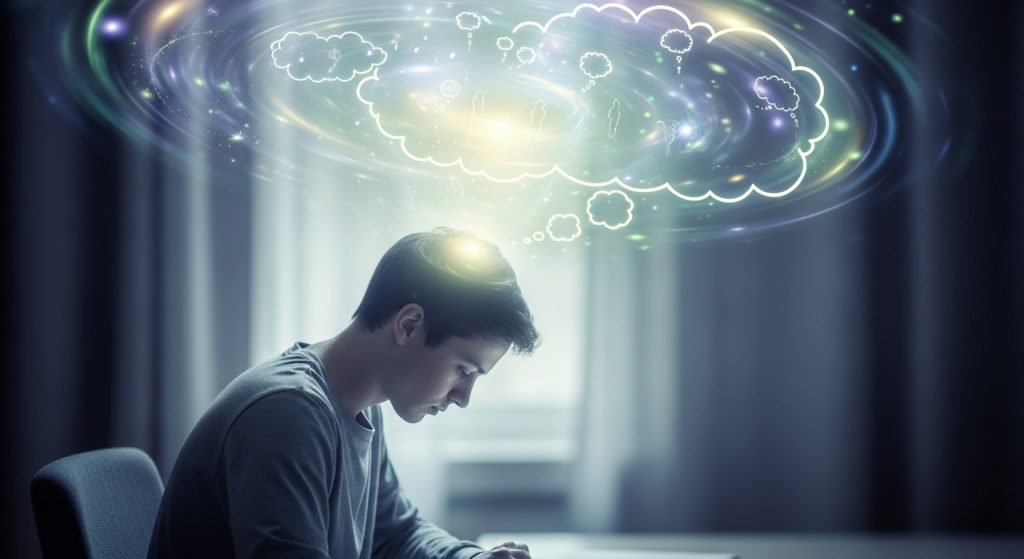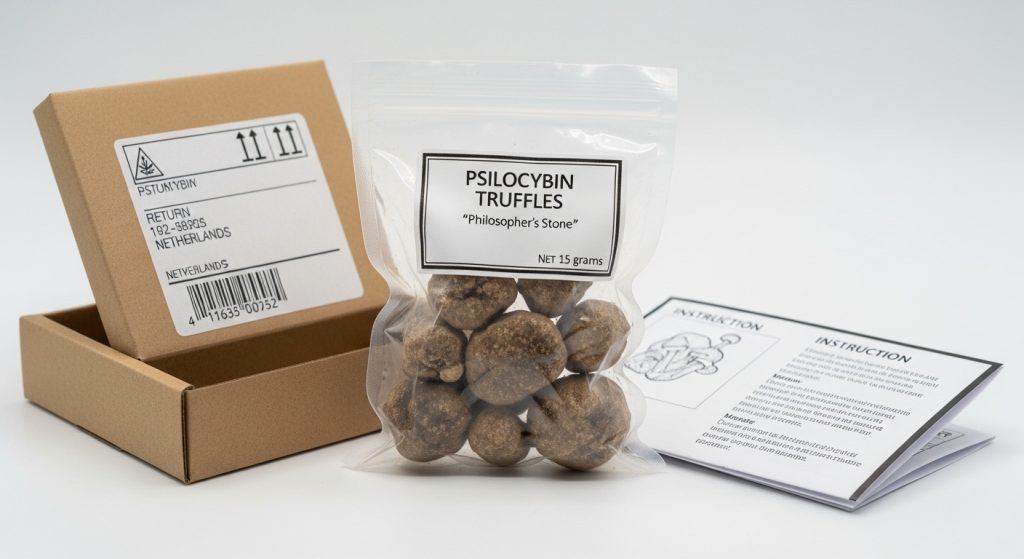The old rules are crumbling. Substances that once lived exclusively in warehouses, festivals and police evidence bags are now being administered in private clinics with leather recliners, noise-cancelling headphones and consultants in white coats. MDMA, ketamine and psilocybin are no longer just weekend weapons; they are being repositioned as precision tools for mental performance, trauma recovery and creative edge. This is not speculation. Phase-3 trials, licensed clinics and billionaire endorsements have turned what used to be whispered about in smoking areas into something you can book online with a credit card.
This is the state of play in 2025.
MDMA-Assisted Therapy: From Rave Pill to FDA Breakthrough

The Multidisciplinary Association for Psychedelic Studies (MAPS) completed two identical Phase-3 trials in the United States and published the final results in Nature Medicine in 2024. Of the patients with severe, treatment-resistant PTSD who received three supervised 120 mg doses of MDMA combined with therapy, 71 % no longer met the diagnostic criteria for PTSD two months later. The placebo group managed only 48 %. The FDA granted breakthrough-therapy designation years ago and is widely expected to approve MDMA-assisted therapy for PTSD in the second half of 2026. Australia became the first country to legalise it outright for PTSD and depression in 2023; prescribers there wrote more than 4,000 scripts in the first eighteen months.
In Europe the picture is patchier but accelerating. The UK’s Medicines and Healthcare products Regulatory Agency gave MDMA the Innovative Licensing and Access Pathway designation in 2022, fast-tracking review. Trials at King’s College London, Imperial College and the University of Bristol are recruiting veterans, alcoholics and couples with relationship distress. The Netherlands already allows legal MDMA therapy in several licensed centres under the Opium Act exemption for medical use. Switzerland has been running compassionate-use programmes since 2014.
The protocol is strict: two therapists, eight-hour sessions, eye shades, curated playlists, integration work the following weeks. No dancing, no strangers, no vodka-Red Bulls. The drug temporarily lowers activity in the amygdala (the brain’s fear centre) while boosting oxytocin release, which is why people can finally talk about the thing they have avoided for a decade. One US Marine who went through the MAPS trial told journalists that for the first time since 2007 he could think about Fallujah without wanting to throw up.
Cost in licensed settings ranges from US$12,000–$18,000 for the full course in America, £8,000–£14,000 in Europe, and AU$15,000–$25,000 in Australia. Insurance coverage is starting to appear in some US states and Australian private health funds.
Ketamine Lounges: Depression Treatment at Happy-Hour Prices
Ketamine has been a hospital anaesthetic since the 1960s. What is new is its off-label use for mood disorders. A single 40-minute intravenous infusion at 0.5 mg/kg produces rapid antidepressant effects in roughly 70 % of people who have failed everything else. The effect often arrives within hours and can last one to three weeks. Repeat six infusions over two weeks and many patients stay well for months.
Clinics have exploded. There are now more than 1,200 ketamine treatment centres in the United States, 180 in Canada, 90 in Australia and at least 60 in the UK. Prices have crashed as a result: a six-infusion package that cost US$4,500 in 2019 is routinely US$1,800–$2,400 today. In London, Klearwell and Awakn charge around £2,200 for the starter course; in Sydney, Mindful Health Group and Ketamine Clinic Australia are similar in AUD. Most offer intramuscular shots or oral lozenges if needles are not your thing.

The experience is weird but manageable: dissociation, mild visuals, a sense of floating above your own thoughts. Music is encouraged; many clinics use playlists designed by Mendel Kaelen, formerly of Imperial College. Side-effects are usually limited to a raised blood pressure for an hour and occasional nausea. The real risk is bladder damage from chronic high-dose recreational use, not the low-dose medical protocol.
Esketamine nasal spray (Spravato) is the only formulation with full regulatory approval in the US, EU, UK, Canada and Australia, but it is expensive and requires two hours of observed administration. Most men opt for the cheaper generic IV route.
Microdosing: The Silicon Valley Cheat Code Goes Global
Take one-tenth of a recreational dose of LSD or psilocybin every third day and, according to thousands of anecdotal reports, mood improves, focus sharpens and creative blocks dissolve. No hallucinations, no time off work. Just a subtle sense that the world has turned the brightness up a notch.
The modern microdosing movement started with Dr James Fadiman’s 2011 book The Psychedelic Explorer’s Guide. By 2025 more than 2,000 people had submitted detailed reports to his database. Common themes: reduced social anxiety, better productivity, lower reliance on stimulants. Placebo-controlled trials are finally catching up. A 2024 study from the University of Chicago using 13 µg LSD found significant increases in mood and cognitive flexibility with no perceptible “trip”. Maastricht University published similar results with psilocybin truffles in 2025.
High-profile users no longer hide it. Elon Musk told Don Lemon in 2024 that he uses prescription ketamine “about every other week” to manage mood. Joe Rogan, Andrew Huberman and dozens of lesser-known tech founders openly microdose. Venture-capital firms in San Francisco and London now quietly screen portfolio founders for “protocol experience” the same way they once asked about Ivy League degrees.
Legal status remains the greyest area. LSD and psilocybin are Schedule I / Class A almost everywhere, but enforcement against personal amounts for microdosing is effectively zero in Canada, the Netherlands, Portugal, parts of the US (Oregon, Colorado) and increasingly Australia. Test kits and mail-order psilocybin truffles from the Netherlands are widely used; arrests are vanishingly rare.

The Risks (Because They Still Exist)
MDMA can raise heart rate and body temperature dramatically; anyone with cardiovascular issues is screened out of trials and clinics. Ketamine can cause transient blood-pressure spikes and, in very rare cases, psychological dependency. Microdosing carries the lowest physiological risk but unknown long-term effects on serotonin systems. All three can interact badly with SSRIs, MAOIs and some blood-pressure medications.
Perhaps the biggest danger is the “this fixed me” illusion. Psychedelics are not antidepressants; they are catalysts. Without integration (therapy, journaling, lifestyle change) the benefits fade.
Where to Start in 2025–2026
- Treatment-resistant depression or PTSD: look for a licensed ketamine clinic first (fastest, cheapest, most available). If that is not enough, join an MDMA or psilocybin trial via clinicaltrials.gov or the UK’s NHS research portal.
- General optimisation or mild anxiety: a growing number of psychiatrists in the US, Canada and Australia will supervise ketamine or discuss microdosing off-label. In Europe, the Netherlands and Switzerland remain the most permissive.
- DIY microdosing: volumetric dosing of 1P-LSD or 4-AcO-DMT (legal analogues in some jurisdictions) plus reagent testing is the current standard among experienced users.
The stigma is evaporating faster than anyone predicted five years ago. These compounds are not magic, but for a growing number of men in their twenties and thirties they are proving to be the most powerful mental-health tools discovered in a generation. The science is no longer fringe, the clinics are no longer hidden, and the conversation has moved from the dance floor to the boardroom.
The wave is here. The only question is whether you ride it with eyes open or wait another decade for the rest of the world to catch up.
Disclaimer: This article should not be taken as medical advice, consult with a medical professional for more information or before starting any of these regimens.





